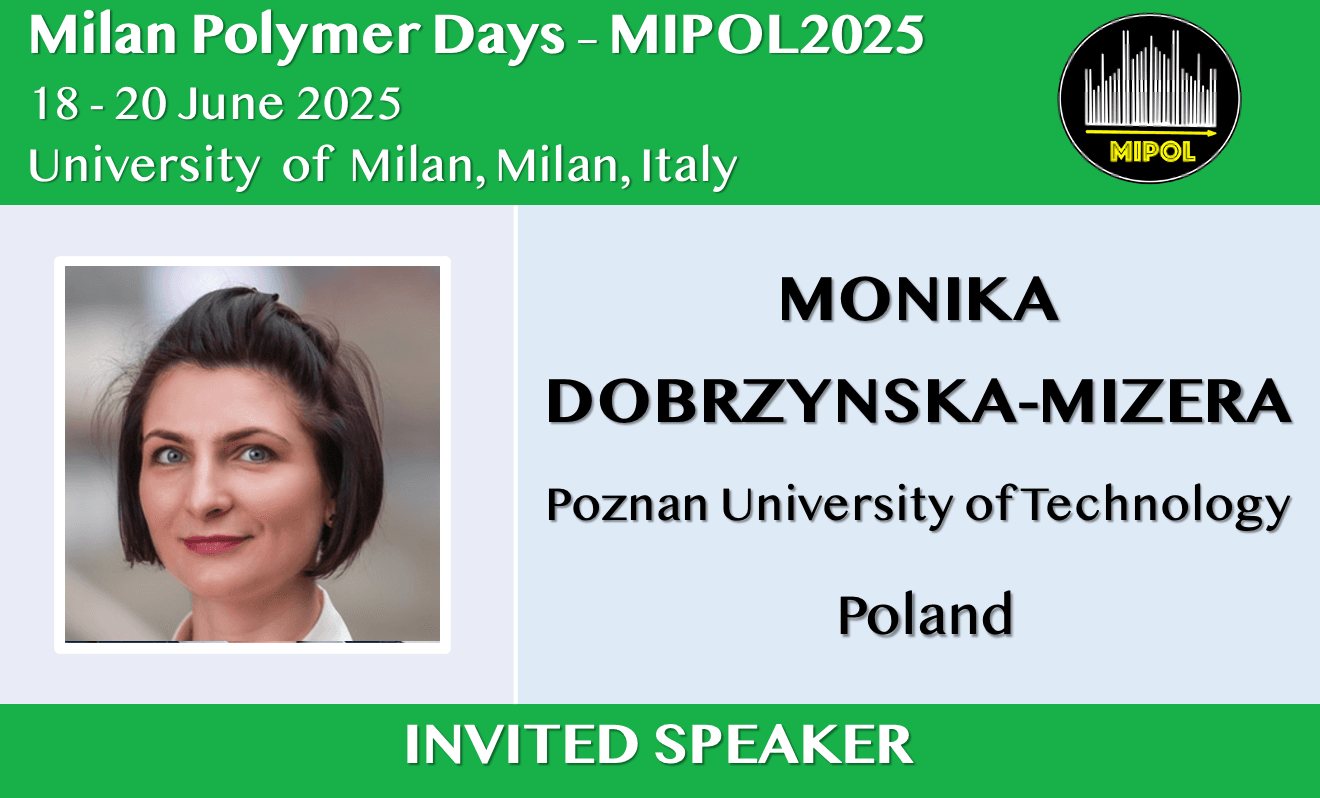Analysis of in vivo bioresorption kinetics in advanced polylactide-based composites
Abstract

Currently, the rapid advancement in bone substitute development is driven by the significant medical demand to address both congenital and acquired critical bone defects—cases where natural healing requires external stimulation. To initiate bone regeneration, physicians must introduce an osteoconductive material into the affected area, creating an environment conducive to tissue reconstruction. This material must support cellular activity by integrating with a vascular network ensuring the effective transport of essential nutrients and oxygen for tissue regeneration [1]. The duration of these natural processes is crucial, as insufficient support may lead to implant failure and removal before tissue reconstruction can begin [2].
To synchronize the degradation rate of biopolymers with the time required for bone tissue regeneration, a thorough understanding and control of implant resorption rates are essential. These rates depend on factors such as material composition, implant geometry, and the anatomical site of implantation [3]. Current implant design primarily aims to restore anatomical continuity. However, another critical aspect should be taken into account, i.e. the bioresorbability of the polymeric matrix. While the initial physicochemical and mechanical properties of biomaterials are usually well-known, they undergo significant changes over time. Therefore, analyzing alloplastics’ bioresorption behavior is key to gaining deeper insights into the degradation kinetics.
In this study, implants were retrieved from three patients who had undergone craniofacial implantations. The implants had been in place for varying periods—4, 12, and 18 months—allowing for an assessment of the effects of in vivo conditions on material properties. A comprehensive material analysis was conducted, utilizing differential scanning calorimetry, thermogravimetry, gel permeation chromatography, micro-computed tomography, scanning electron microscopy, Shore hardness testing, and density measurements. These evaluations aimed to determine how residing within the maxilla and mandible influenced material characteristics. The findings demonstrated a significant impact of the resorption process on material properties, with variations attributed to individual biological conditions. Progressive resorption was evidenced by a decrease in polymer molecular weight and the gradual integration of bone tissue into the implant structure. A better understanding of these material changes is expected to enhance implant design strategies, ultimately leading to improved bone regeneration outcomes and greater patient safety.
References
- D. F. Williams Biomaterials 2008, 29, 2941.
- Q. L. Loh, C. Choong Tissue Eng Part B Rev 2013, 19, 485.
- M. J. Olszta, X. Cheng, S. S. Jee, R. Kumar, Y.-Y. Kim, M. J. Kaufman, E. P. Douglas, L. B. Gower Mater Sci Eng: R: Rep 2007, 58, 77.
Acknowledgments
All the authors acknowledge financial support of the National Centre for Research and Development (agreement no. POIR.01.01.01–00-0646/19) and Poznan University of Technology (grant number 0613/SBAD/4940).